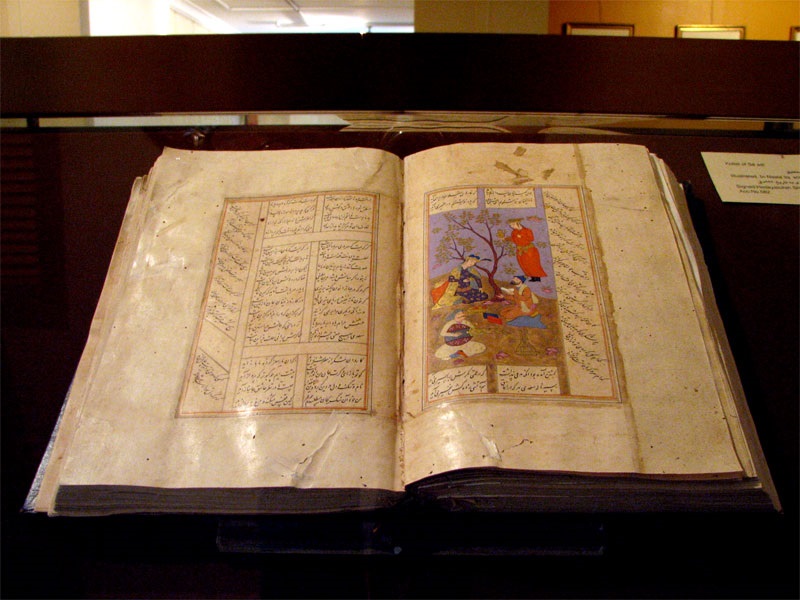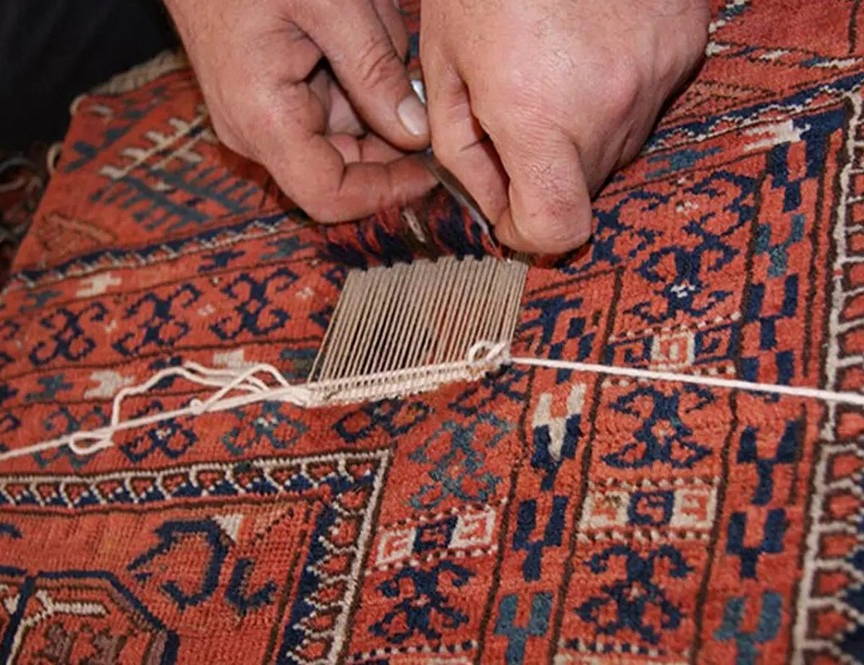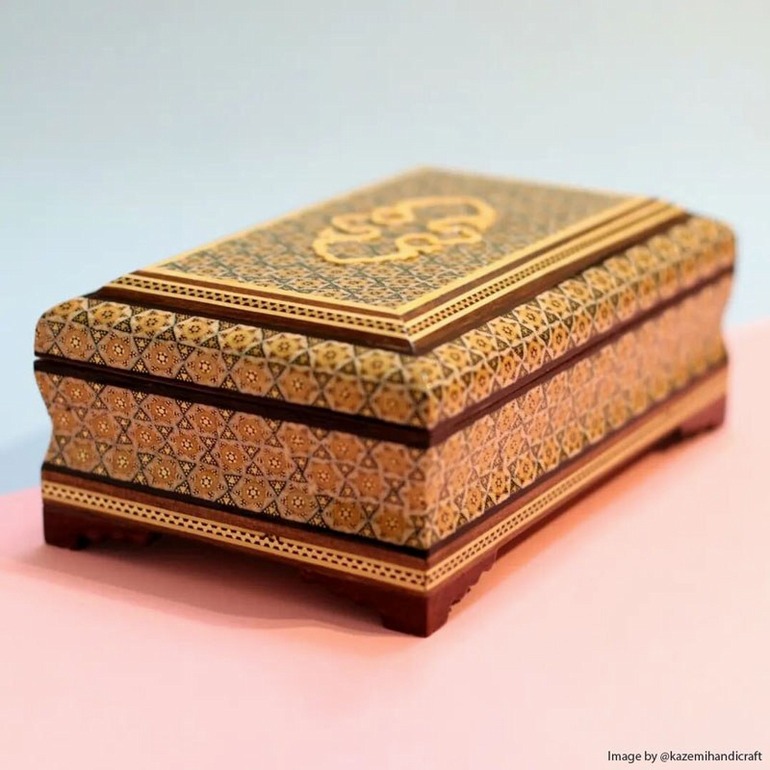
Verni Weaving, the Art of Arsbaran Nomads
Gilim has probably been one of the oldest types of rugs. The texture of this type of rug varies in different parts of Iran and, today, the art of Gilim weaving is considered a cultural heritage of Iran. Verni is a type of rug, weaving which is popular among the nomads of the Arsbaran region of East Azarbaijan Province of Iran. The art and craft of weaving Verni was inscribed on the list of Iran’s intangible national heritage in the year 2011.
What Is Verni?
Verni is a type of Gilim that is also known as “Needle Gilim”. Unlike conventional Gilim, in this type of Gilim, the weft is not used to create patterns, but since the wefts are very delicate, therefore, the warp is responsible for creating the patterns. Verni weaving is more popular among the girls and women of Arsbaran nomads, but some types of Verni weaving also take place in different regions of Ardabil and West Azarbaijan provinces. Thus, Verni weaving should be considered a rural and nomadic art and craft; although some artists are engaged in it in some urban areas of the country.
Verni is a one-front rug like a carpet and it is woven in the style in which the main weft is passed through the warp and wrapping the weft around the warp. Verni Weaving is done on vertical looms and its tools are similar to the ones used in carpet weaving. Dafeh (a tool similar to daftin in carpet weaving), scissors (to cut excess threads after finishing the row), and knife (to cut excess threads after knotting) are the most important tools of Verni Weaving.
Verni products are mostly used as saddlebags, mats, and bedspreads. Also, the usual size of Verni products is 100 by 130 or 150 cm.
The History of Verni Weaving
Since knowledge is usually passed orally from one generation to the next among nomads and there is no written work about their customs and cultures, an exact date cannot be assumed as the starting point of Verni Weaving, but it is certain that the age of this craft is less than that of Gilim weaving. Thus, the age of Verni Weaving should be considered about, at least, 200 years. Experts believe that Arsbaran is the main place of the origin of Verni Weaving, which gradually spread to other regions, especially the Mughan Plain, as a result of seasonal movements of the nomads. In some museums and private collections, there are samples of Verni belonging to the Qajar era (19th century) and even earlier on display.
Tabriz, Kalibar, Varzeqan, and Ahar are the most important Verni-producing areas of East Azerbaijan Province.
In the last few decades, Verni Weaving had, somewhat, faced a decline, but the inscription of this genuine art and craft on the list of national heritage and the effort to create an economic market for its products caused the revival of this beautiful craft.
Verni Weaving Motifs and Nomadic Culture
Varni Weaving craftsmen design their motifs by using their mental creations. Therefore, most of the designs used in this art are adopted from nature and the life of the nomads in the plains. The use of such designs is one of the main features of Vernis such that it can be considered a source for studying the culture and life of nomads.
In a general classification, Verni motifs include three components: border, text, and fringe. The border is usually in the form of a narrow strip, covering the entire Verni. In the middle of the work, motifs are woven on a background. The color used on this background is usually bright and the motifs used have edges with sharp angles.
Traditional vernis are designed with such motifs as deer, deer, wolf, herding dog, turkey, chicken and rooster, fox, and local birds. Also, a motif similar to “S” can be seen in some vernis, which, in the eyes of the nomads, evokes the shape of a dragon and represents a formidable, legendary, and powerful creature. The colors used in vernis are usually bright and their combination is very eye-soothing.
Vernis with copper and turquoise color backgrounds are very popular. Silk vernis have an exemplary elegance and are light in terms of volume and weight. Therefore, although they are usually more expensive than other samples of Verni, tourists show more interest in them.
Since knowledge is usually passed orally from one generation to the next among nomads and there is no written work about their customs and cultures, an exact date cannot be assumed as the starting point of Verni Weaving, but it is certain that the age of this craft is less than that of Gilim weaving. Thus, the age of Verni Weaving should be considered about, at least, 200 years.
| Name | Verni Weaving, the Art of Arsbaran Nomads |
| Country | Iran |
| Cities | |
| Works | Knitting, sewing and textile |
| Registration | National |
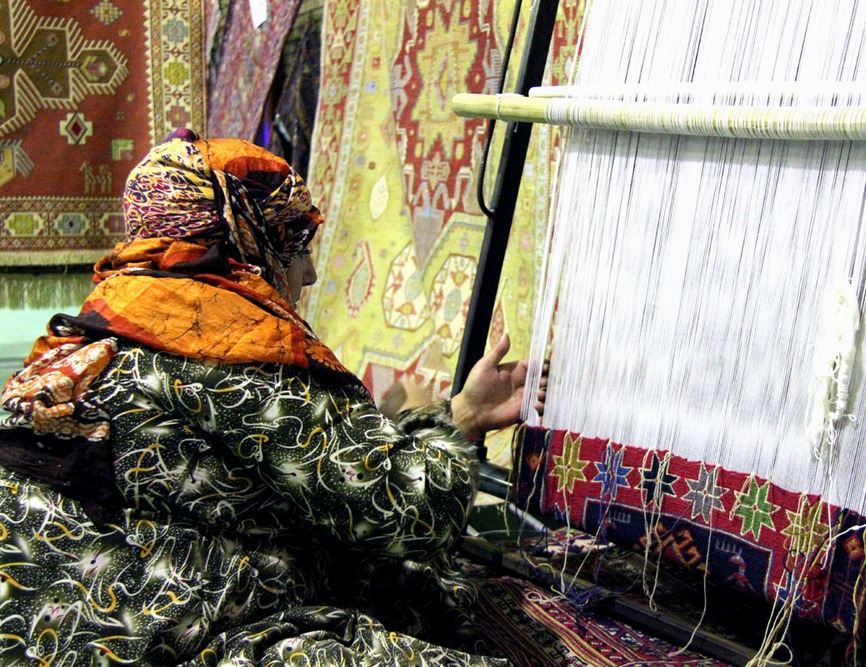
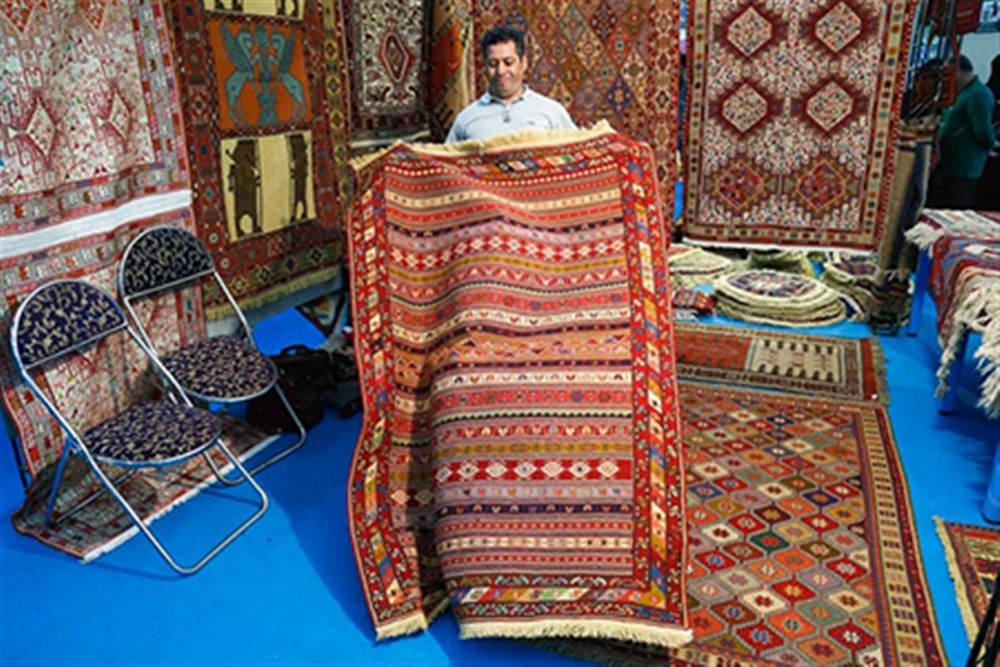
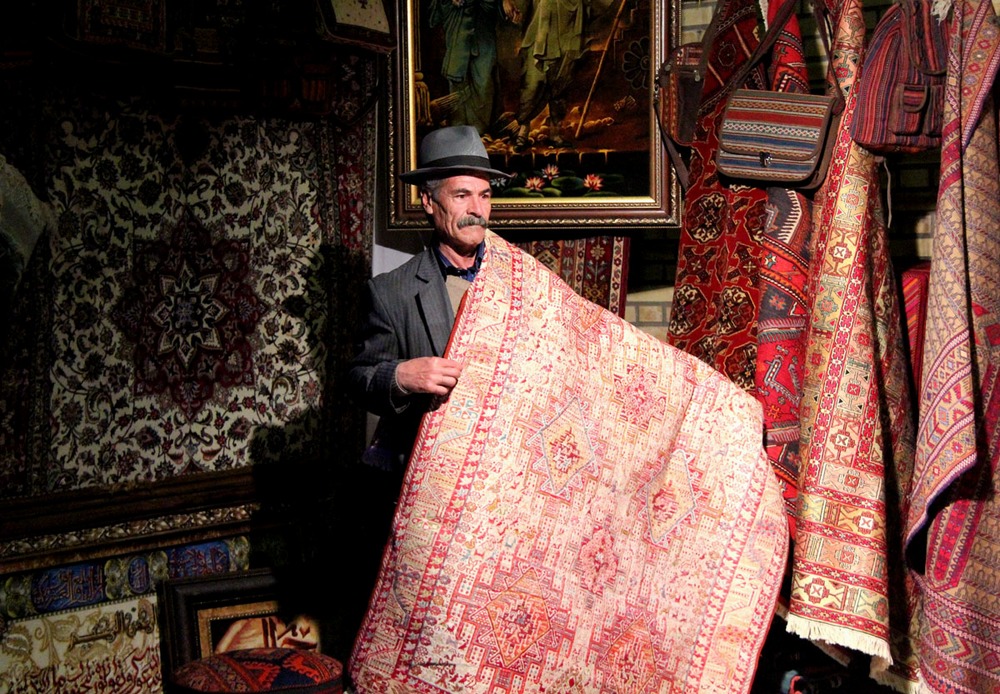
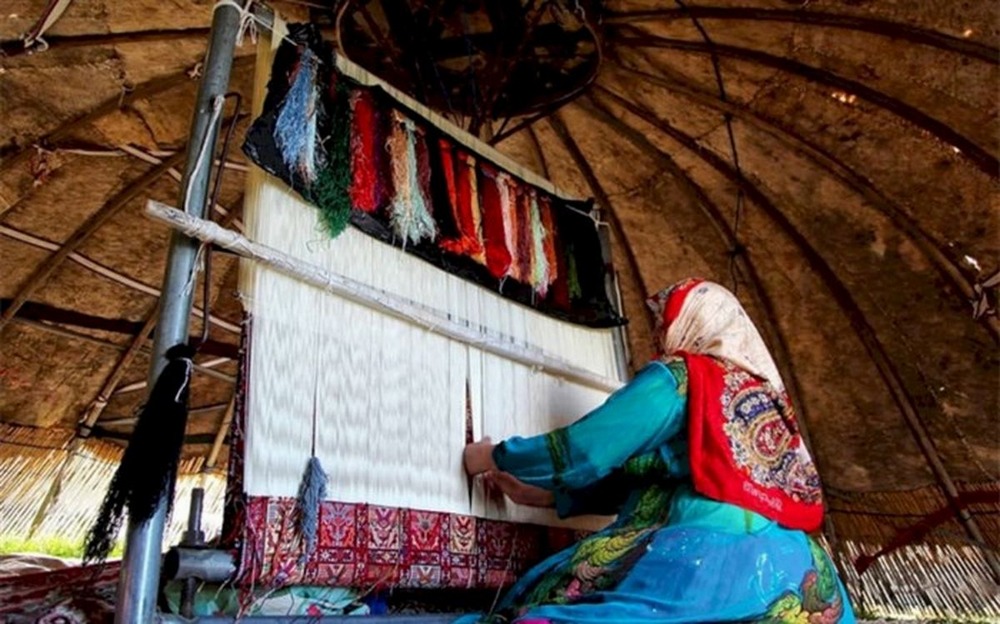
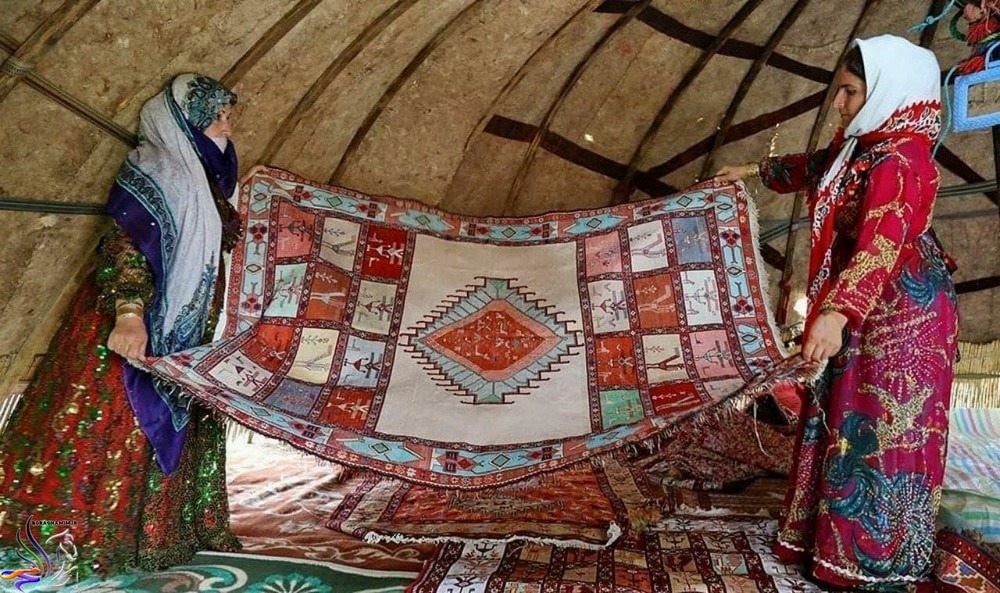





Choose blindless
Red blindless Green blindless Blue blindless Red hard to see Green hard to see Blue hard to see Monochrome Special MonochromeFont size change:
Change word spacing:
Change line height:
Change mouse type:
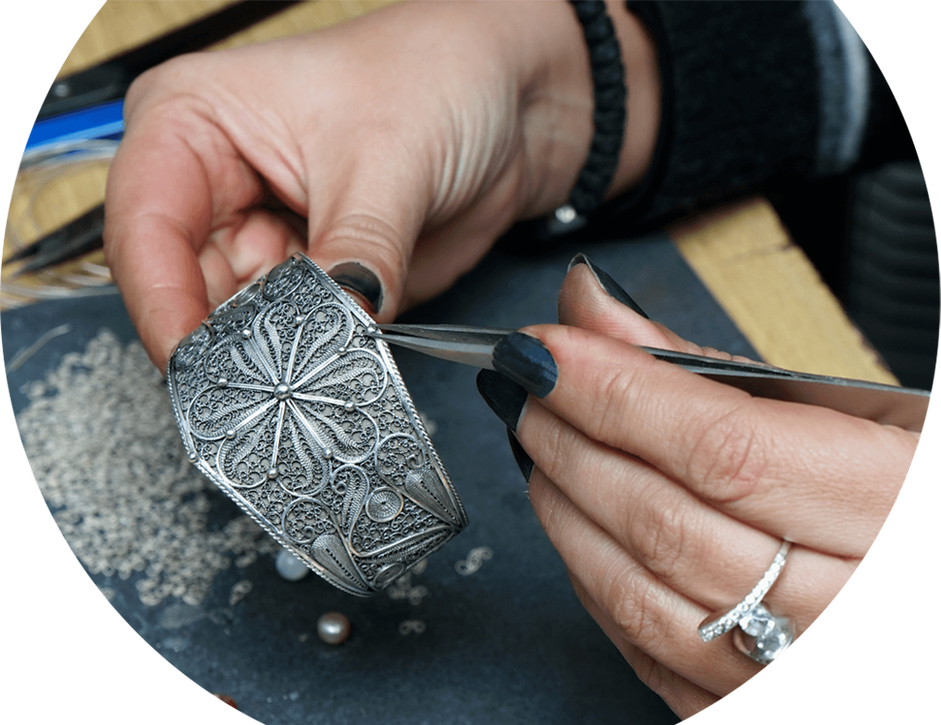
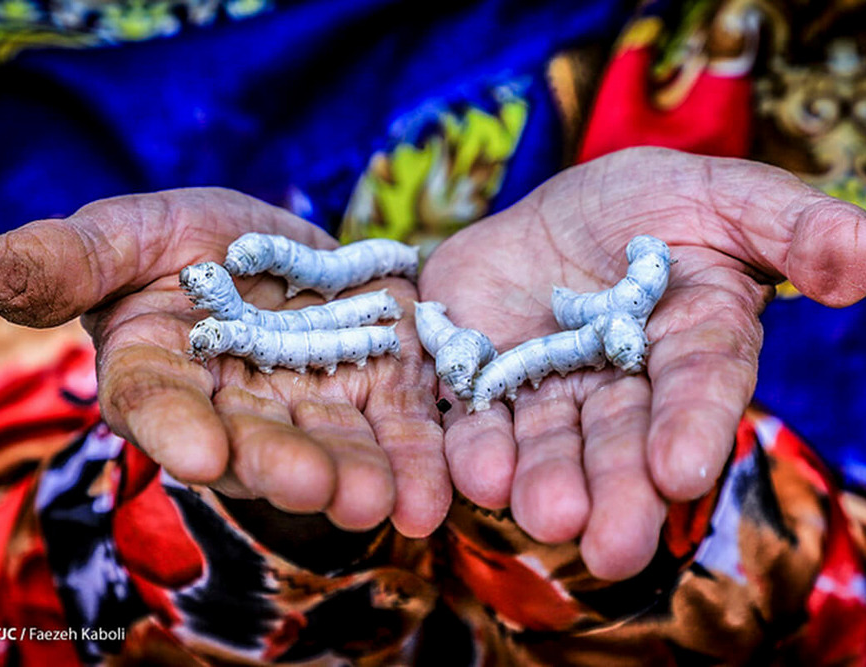
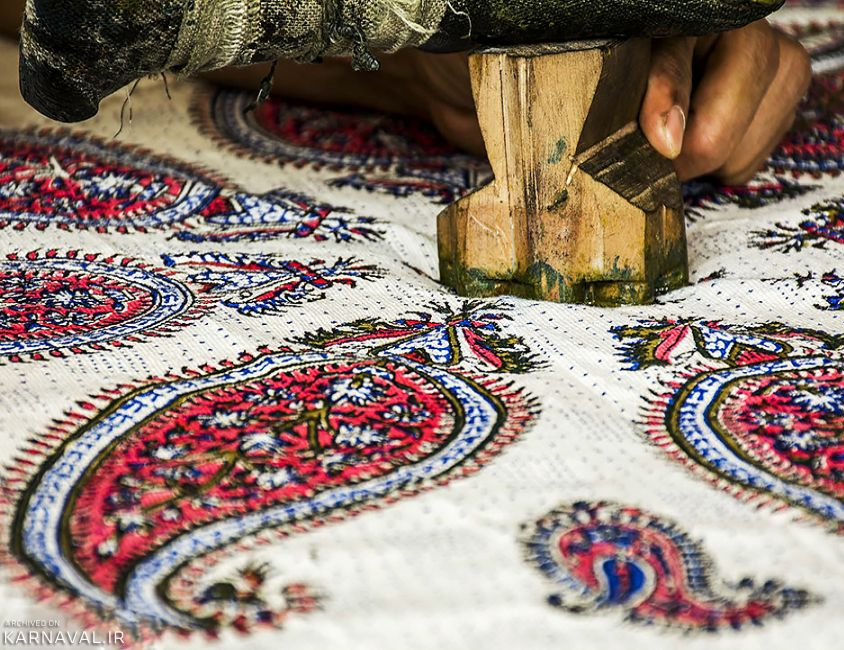
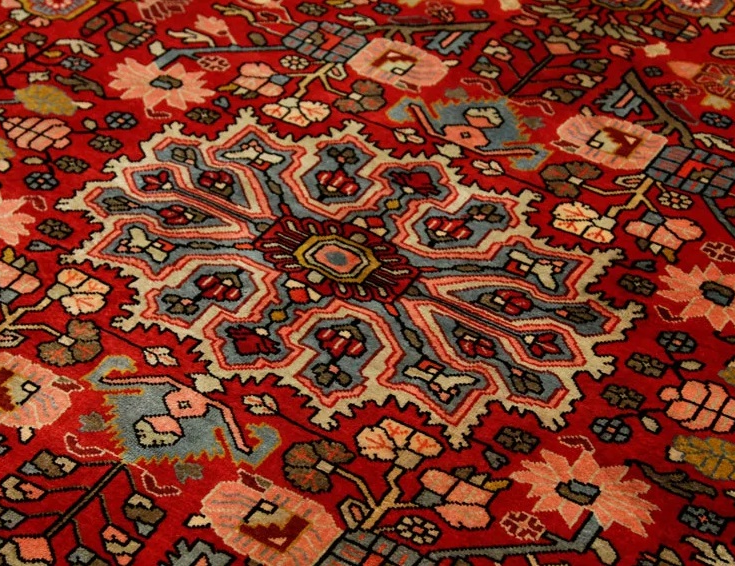
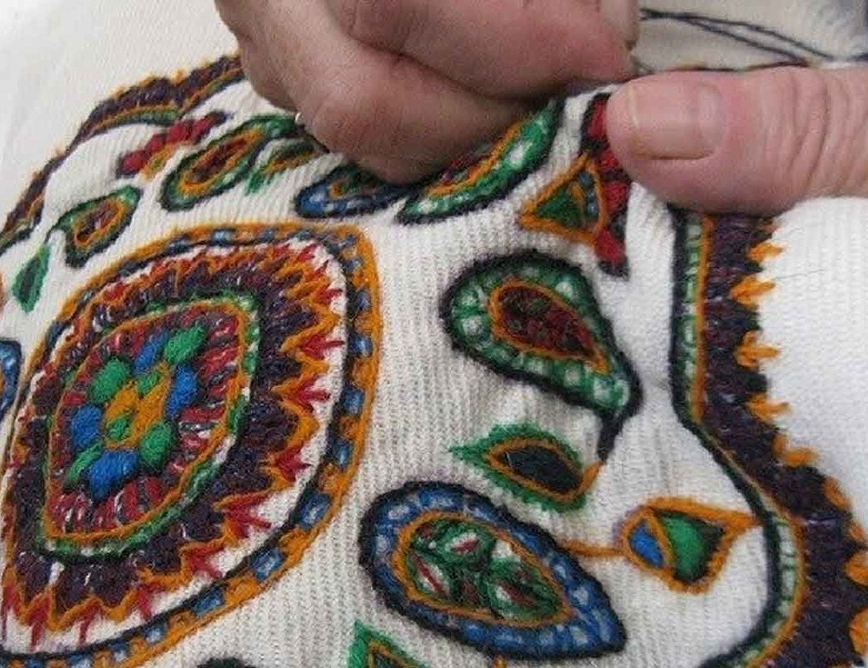
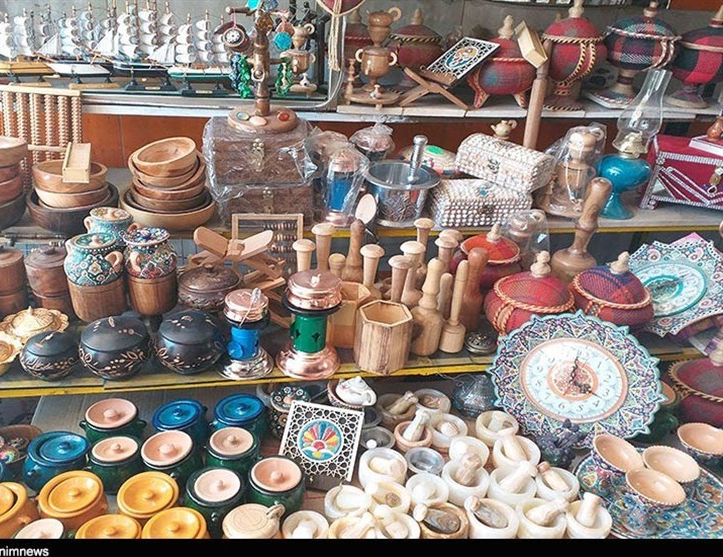

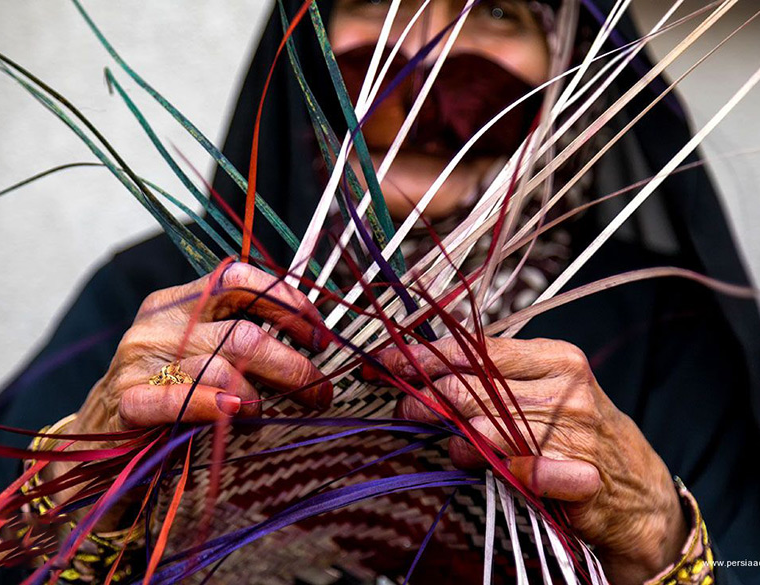
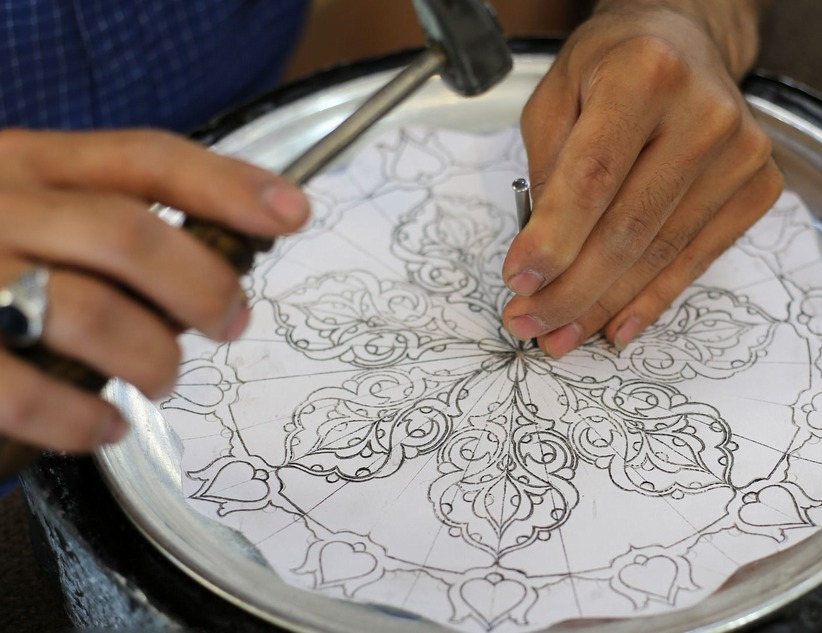

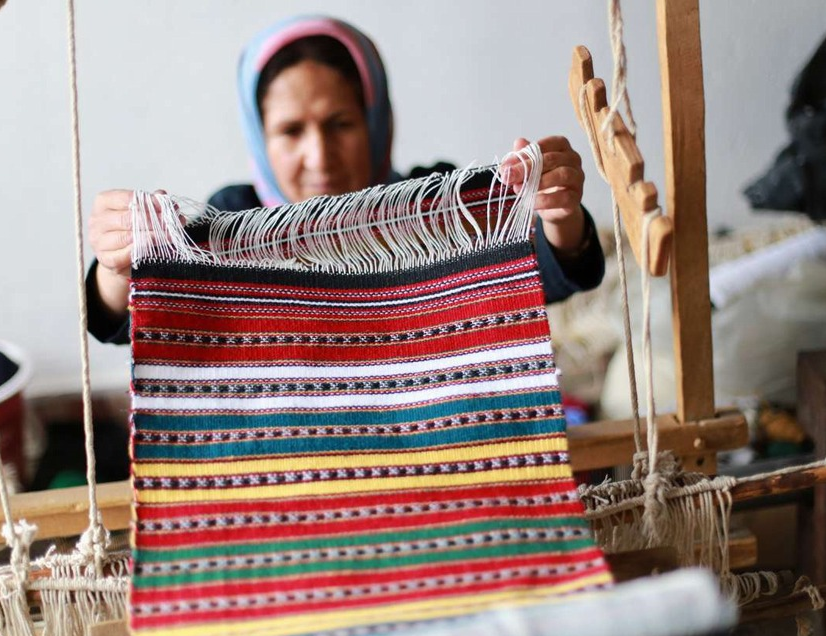
_crop_2.jpg)
